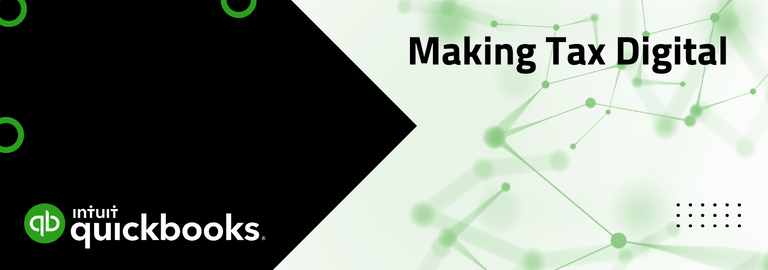Government execution of MTD ‘out of control’ as costs spiral
The regime's total cost is now thought to be five times the original forecast
The regime's total cost is now thought to be five times the original forecast

HMRC must revise its business case for the Making Tax Digital (MTD) programme after a damning report revealed a major escalation in costs and delays, market participants have said.
The report, published by the National Audit Office (NAO) on Monday, 12th June, notes that estimated upfront costs of £1.5bn for businesses and the self-employed were deliberately excluded from a cost-benefit analysis of MTD produced by HMRC in 2022.
It also said that the programme is now expected to cost the government £1.3bn – five times the original forecast in real terms – and that the average cost for each business could rise to nearly £1,000 from an estimated £330.
“HMRC and the government’s execution of this major change to the tax system feels like it is out of control, with spiralling costs, unrealistic timescales, and questionable benefits,” said Alison Kerrey, chair of the Chartered Institute of Taxation’s (CIOT) digitalisation and agent services committee.
“While we support digitalisation, the report backs up our concerns that HMRC has vastly underestimated costs to taxpayers and overestimated benefits to the exchequer.”
The MTD initiative, designed to bring wholesale digitalisation to the UK system, has faced numerous hurdles, with the timetable being delayed on four separate occasions since its unveiling in 2015.
Acknowledging this, the NAO report says that the plan to introduce MTD in 2020 “was not realistic”. It also argues that HMRC “has not resolved some important elements of its design”, such as how to allow deal with changes in taxpayers’ circumstances and allow multiple agents to represent taxpayers.
In light of this, the report recommends that HMRC should prepare a fresh business case for MTD for Income Tax Self-Assessment in order to provide transparency on the costs, benefits and risks for stakeholders. This is echoed by CIOT’s Kerrey, who says that the body supports the recommendations.
“We have repeatedly questioned whether the business case for MTD stacks up and fully agree with the NAO that a fresh, complete business case needs preparing.
“To announce a project as substantial as MTD, with significant impacts for businesses, agents, software companies and HMRC themselves, without being able to point to a proper business case beforehand, simply beggars belief. It is time to pause and take stock.”
Kerrey also cites figures suggesting that, in a single year, transferring VAT records onto HMRC’s new systems created errors totalling more than MTD is expected to generate by 2033-34. This further underlines the need for “thorough testing” before any additional requirements are introduced, she said.
Kerrey’s was echoed by Andrew Burman, tax transformation principal at tax services firm Ryan. Guidance and clarity around the regime are critical for businesses at this stage, he argues.
“These businesses are calling out for clarity and focus, so they can work out what MTD and other initiatives mean for them and their organisations across the full spectrum of taxes. Crucially, they need guidance to be future-fit and flexible, particularly when alleviating costs, speed of response, and resolving any issues that may arise with meeting new requirements..
Burman also says that HMRC can be thought of as a “huge oil tanker” that is finding it “tough to change direction”. By contrast, most businesses are “already way ahead” in terms of plotting their course.
However, he goes on to add that the escalation in cost and delays to MTD shouldn’t come as a surprise to the sector, with similarly slow direction of travel affecting the global digitalisation of tax, including initiatives such as e-invoicing, Pillar 2, DAC and SAF-T.
“Many tax authorities like HMRC have been caught out by the rapid change and digitisation of our economy and the increasing pace of IT system changes, including robotics, machine learning, artificial intelligence, and they have been trying to play catch-up for years.
“We are seeing tax authorities moving at different paces with different approaches, resulting in a lack of consistency and greater uncertainty across the board for global businesses.”